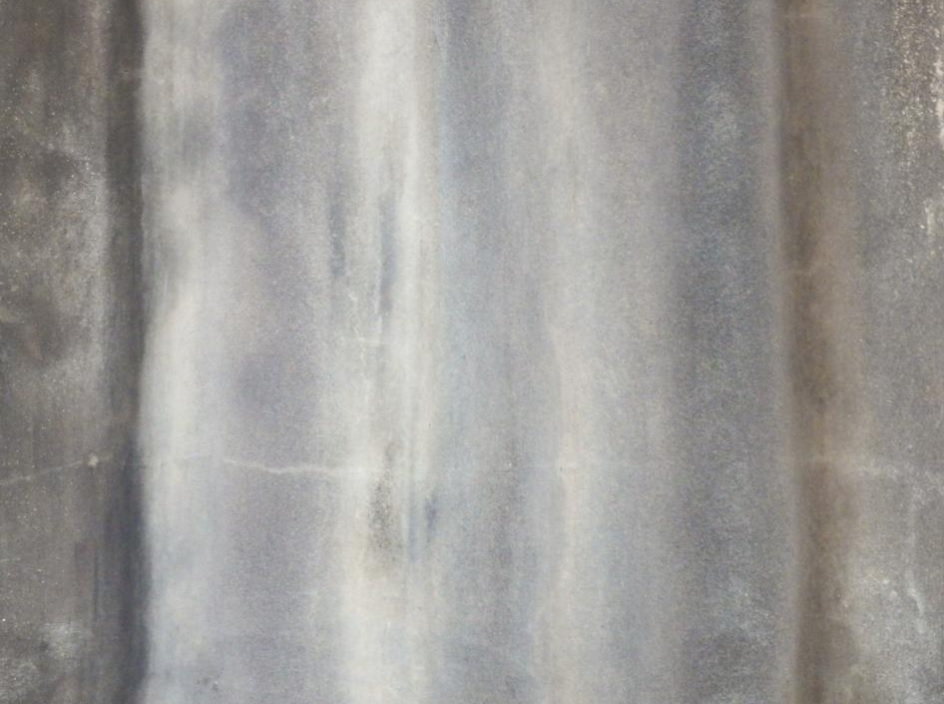Dealing with water damage should always be considered as a priority because the moisture will be absorbed by the furnishings, floors and walls. When water is continuously added to the area, the problem is exacerbated and a lot of damage is caused in a very short period of time. In this article, we will take a closer look at the estimated drying times for walls and other factors that need to be considered.
Why is Water Damage a Priority?
Aside from the more obvious damage to the home, there is a real danger of structural damage and threats to your health. Water damage can damage your drywall and the moist conditions are ideal for the growth of toxic mold. This can release spores that reduce the indoor air quality (IAQ) which can trigger allergic reactions. In certain situations, the drywall may dry without intervention, but how long will that take? It’s hard to estimate an exact time, but a drywall typically dries out in around 1-3 days. One of the key factors in the drying time will be the extent of the water damage.
Evaluating the Extend of the Water Damage
More extensive the water damage will cause the drywall to dry far slower because the volume of absorbed water is higher. Partially water damaged drywall will dry much faster than drywall that has been extensively soaked. A prime example would be localized flooding where a few inches of absorbed water will dry much faster than a section of drywall that has sat in 30”+ of water.
How to Dry the Drywall
You can speed up the process to mitigate the damage using high-volume fans to increase airflow and dehumidifiers to remove the moisture. The drywall may be soaked at the front where you can see the damage and at the rear where you may not. Try to open up the walls when possible and you can cut the drying times significantly. If you cannot access the rear of the drywall, it may take months to full dry and mold growth becomes a greater concern.
Painted walls don’t tend to seal in moisture in the same way that wallpaper does. If the wall has more than a single layer of wallpaper, it will take longer to dry due to the presence of sealed moisture. If the water damage is extensive, it may be a good idea to remove the water logged wallpaper to dry the drywall faster. Drying times can also be shortened if you remove other features, such as moldings, trim and baseboards. This can protect those materials from water damage and you may be able to refit them later.
Improving the airflow with fans is helpful if the weather conditions allow you to open the doors and windows in the affected areas. At the same time, use the dehumidifier to remove the moisture to speed up the drying process. If you don’t have a dehumidifier, they can be rented at the local hardware store for a few days.
If the water damage is too excessive to handle on your own, it’s time to contact your local professional.





